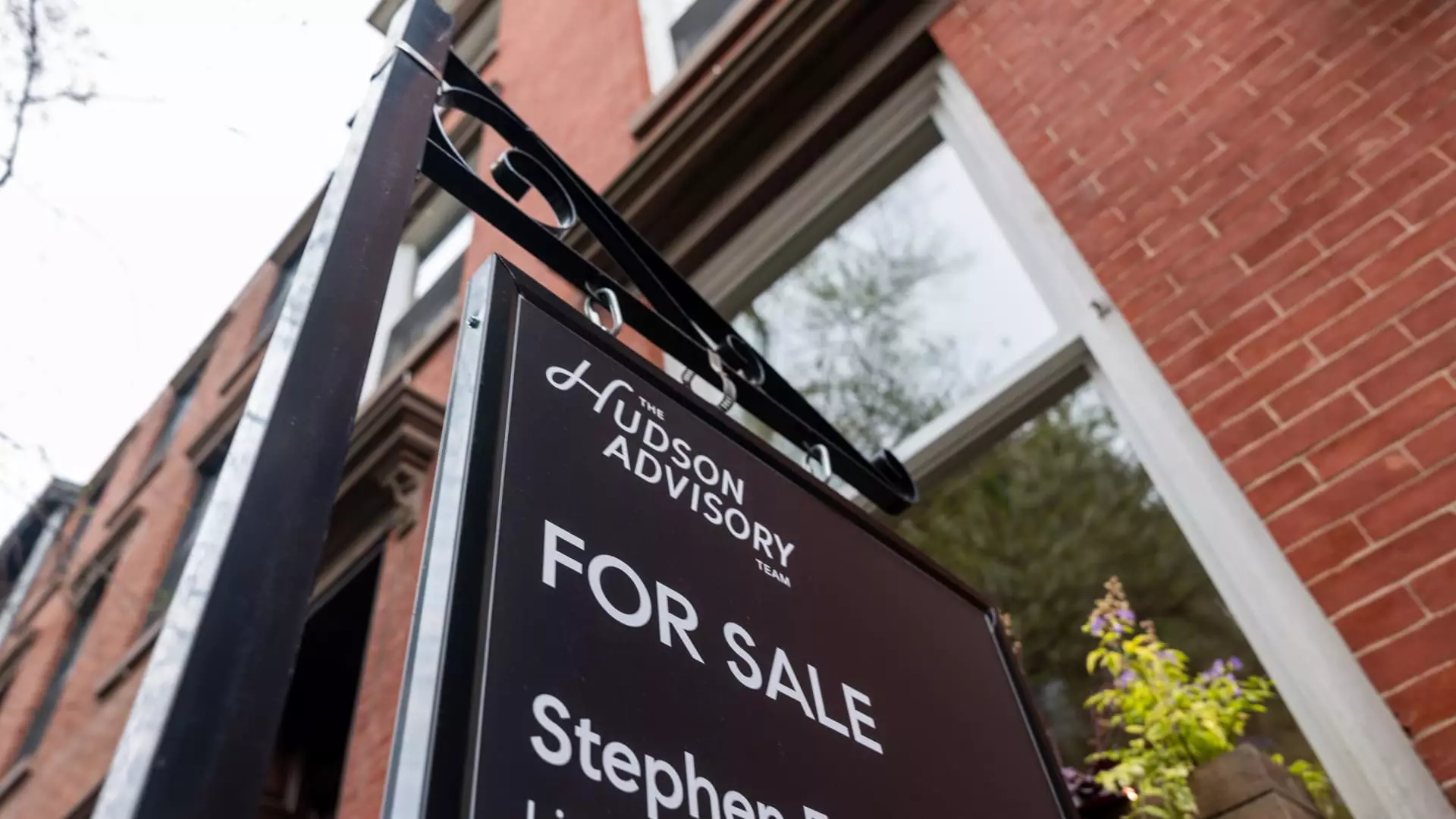In an unexpected twist that feels more like a nightmare than a market correction, mortgage rates have soared to a staggering 7.1%, the highest since February. This alarming uptick isn’t merely a number; it signifies a substantial shift in the housing landscape, leaving potential homebuyers reeling. For many, homeownership, a key pillar of the American dream, now seems painfully out of reach. The theme of instability runs rampant as we navigate through political missteps, particularly as economic policies oscillate unpredictably due to rapid tariff alterations initiated by the Trump administration. With bonds struggling to gain footing amidst these fluctuations, it’s evident that homebuyers are now facing uphill battles.
The Bond and Tariff Tango
What makes the current mortgage climate even more unnerving are the wild swings in bond yields, which have been exacerbated by the erratic tariffs placed on imports, particularly those from China. When tariffs initially shot up to 145%, bond investors reacted unfavorably, thereby resulting in higher mortgage rates. But the shifting dynamics of tariffs—a rate reduction announced shortly after the initial spike—did little to stabilize the market and instead highlighted a fundamental lack of foresight in economic policy. We are left questioning whether these tariffs are designed to bolster the economy or merely a tool for political maneuvering. For the everyday citizen, these machinations translate to escalating mortgage costs and a deepening sense of financial uncertainty.
The Impact on Consumer Sentiment
Moreover, deteriorating consumer sentiment adds yet another layer to this grim narrative. Reports revealing a surge in inflation expectations, which jumped from 5% to a staggering 6.7%, dramatically influence the minds of potential homebuyers. It’s difficult to overstate the chilling effect this has at a time when spring is typically synonymous with renewed vigor in the housing market. Families hoping to make significant investments are instead cloaked in anxiety about their job security and the broader economic environment. The stakes are sky-high since, for most Americans, purchasing a home is the single largest investment they will ever make. It creates an unsettling paradox; consumers should be eager to invest in their futures when conditions suggest stagnation is imminent.
The Consequences of Economic Policies
Nancy Lazar’s assertion that housing will inevitably reflect broader economic weaknesses rings true in this tumultuous climate. While some may argue that the economy is recovering, the true pulse of consumer sentiment suggests otherwise. As the bond market faces what appears to be the worst week since 1981, we must confront the harsh reality that policymakers may be steering us toward a precarious future. Economic anxiety is particularly potent for millennials and first-time buyers—demographics already strained by rising living costs and stagnant wages. What remains abundantly clear is that the current trajectory is not merely abstract; it has impactful consequences for real lives, real families, and real futures.
The harsh truth is that we are not witnessing a mere rise in mortgage rates; we are in the midst of a profound economic transformation that threatens to shatter dreams and destabilize the hopes of an entire generation longing for the stability that homeownership once promised.

